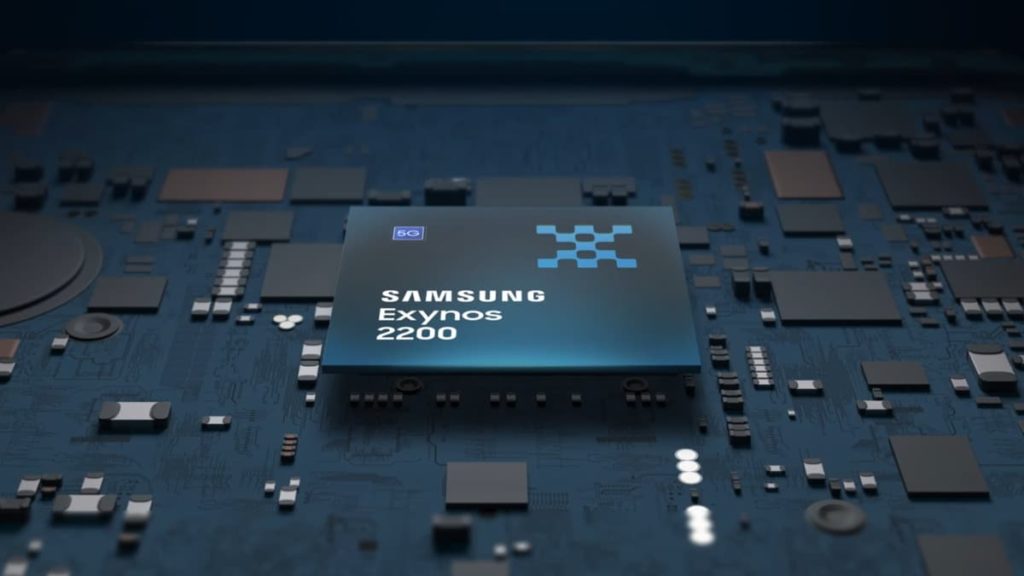- Joined
- May 6, 2019
- Messages
- 12,595
- Points
- 113
Image: Samsung
Samsung used the phrase “game changer” to describe its latest Exynos processor with AMD RDNA 2-based Xclipse GPU in an announcement last month, but there is now growing indication that the chip may have been majorly overhyped. Numbers such as those shared by tech YouTuber TechAlter have suggested that while the Exynos 2200 features significant improvement in the neural processing department, the new mobile processor can only claim 5 percent greater CPU performance and 17 percent greater GPU performance versus its predecessor, the Exynos 2100. The numbers for the Exynos 2200’s Xclipse GPU are certainly surprising, as many had assumed that AMD’s RDNA 2 graphics technology would have delivered a much greater graphics boost alongside features such as hardware accelerated ray tracing (RT) and variable rate shading (VRS).
The Exynos 2200 numbers we got yesterday...
Continue reading...
